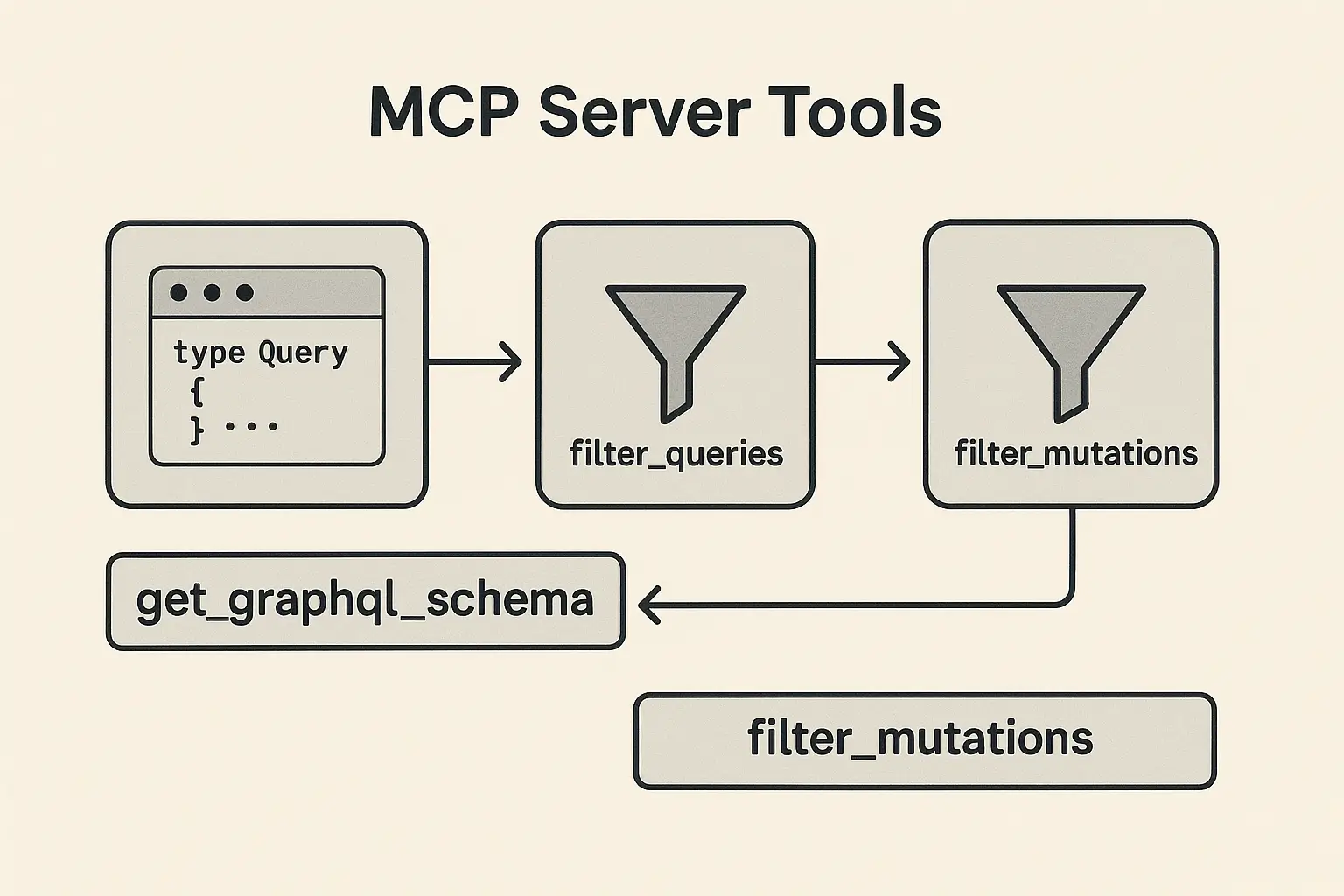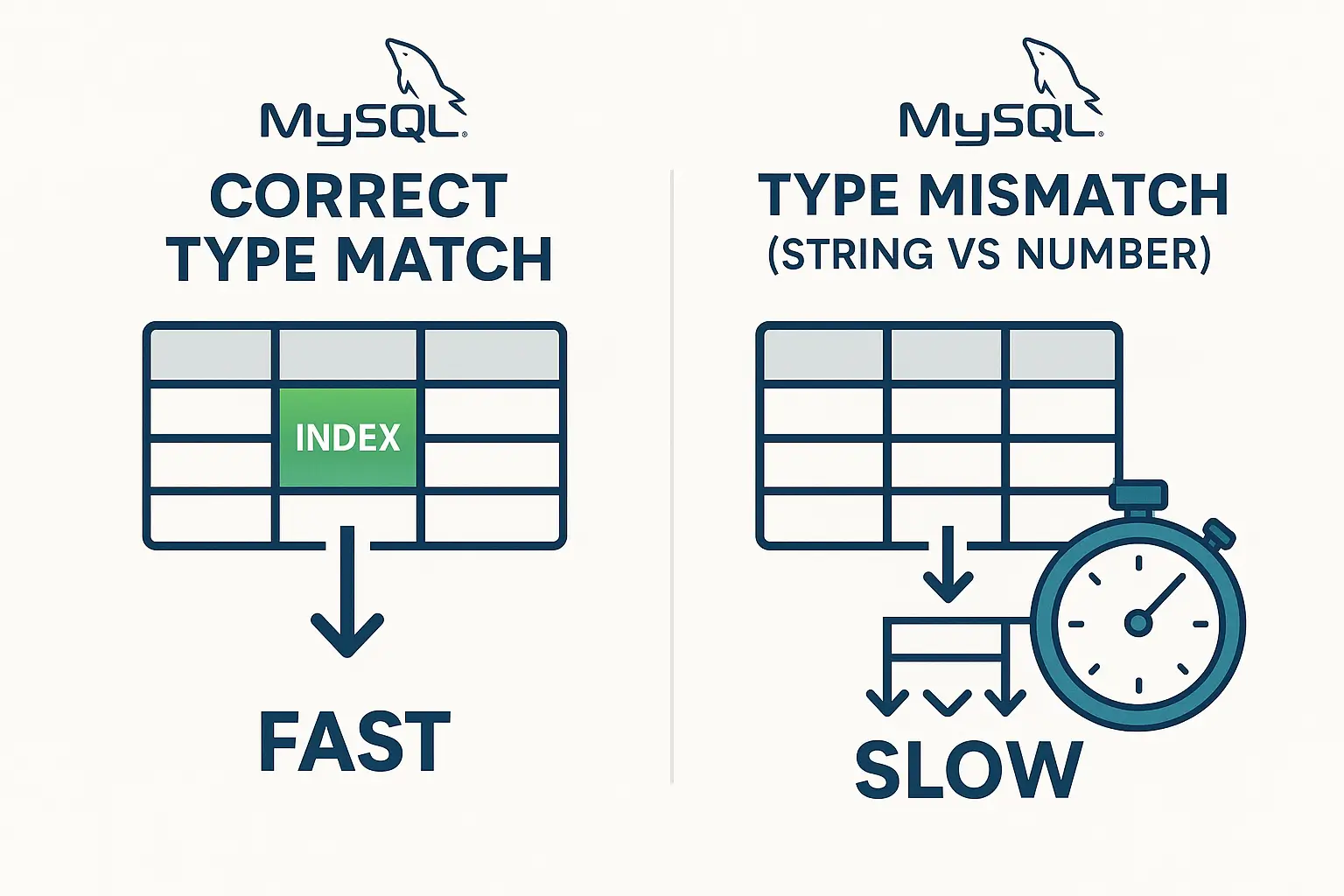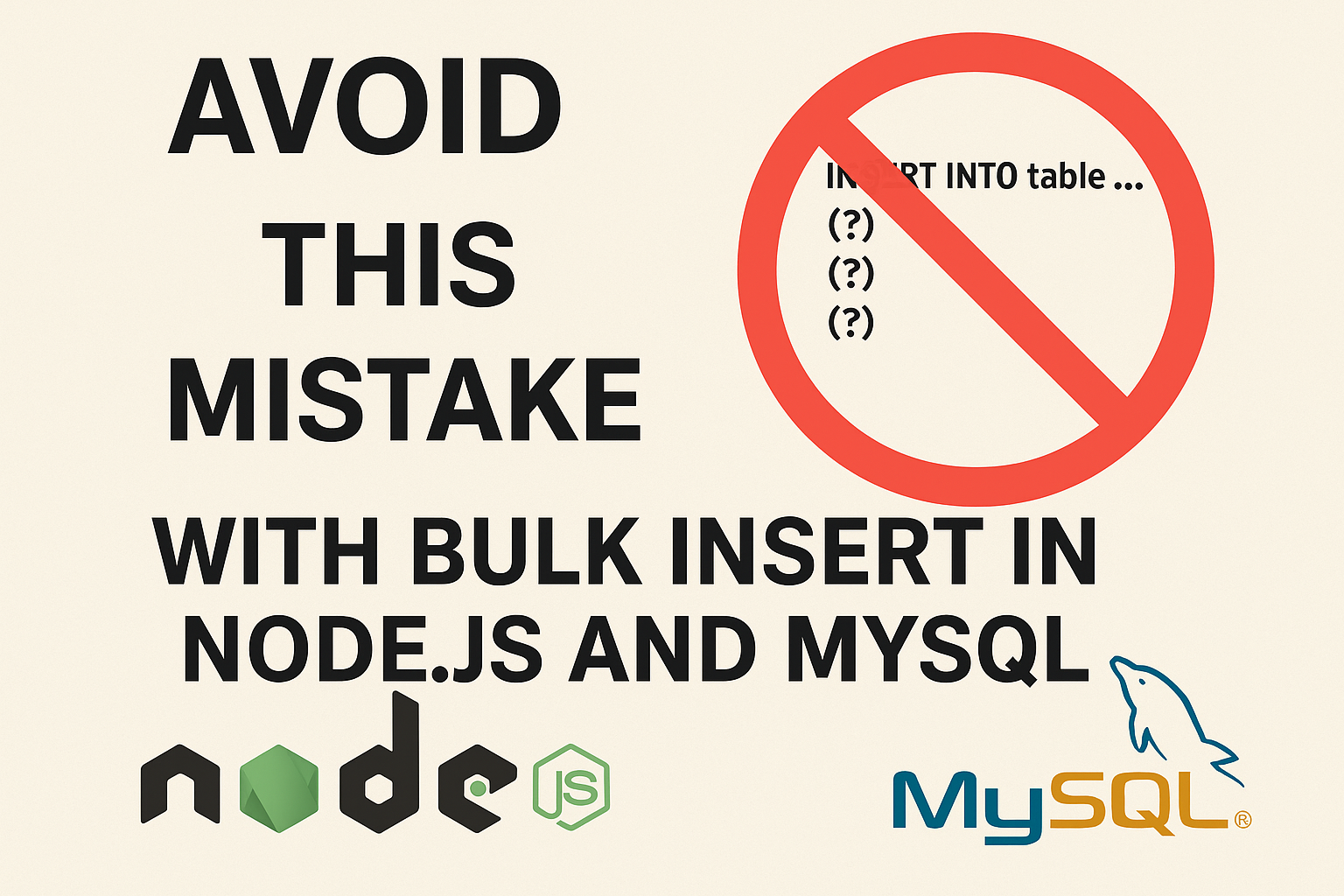Building Docker Images Efficiently Using External Builders with Docker Buildx: Local Machine as Manager
When building Docker images, resource constraints on your local machine can often slow down the process, especially for large projects or multi-platform builds. Fortunately, Docker Buildx offers a powerful solution by allowing you to delegate the heavy-lifting to external builders while your local machine acts as the manager. This not only speeds up the process but also optimizes resource usage, especially in distributed or cloud-based environments.
In this blog post, we’ll explore how Docker Buildx enables local-to-remote builds, where your local machine takes the role of an orchestrator, directing external resources to build and push Docker images.
What Is Docker Buildx?
Docker Buildx is an extended version of docker build that provides advanced features, such as multi-platform image building, cross-compilation, distributed builds, and, importantly, the ability to use external builders. This means your builds can be run on remote environments like powerful cloud servers or Kubernetes clusters, making them ideal for large-scale development or CI/CD pipelines.
Key Concept: Your Local Machine as the Manager
In a traditional Docker build scenario, your local machine performs the entire image-building process. But with Docker Buildx and external builders, your local machine acts only as the manager, orchestrating the build process while offloading the actual work to stronger external machines.
Here’s the key point:
- Local Machine: Manages the build process, sends commands, and tracks progress.
- External Machine (Builder): Performs the heavy tasks, such as compiling code, resolving dependencies, and creating the image.
- Registry (Docker Hub, etc.): Receives the built image, automatically pushed by the external machine once the build is complete.
Benefits of Using Your Local Machine as a Manager
- Offload Resource-Intensive Builds: Your local machine no longer needs to perform CPU- or memory-intensive operations. Instead, a remote server, cluster, or cloud instance with more resources handles the build.
- Faster Build Process: Using a more powerful external environment (e.g., a multi-node Kubernetes cluster) allows you to distribute and parallelize the build, significantly reducing build times.
- Multi-Platform Builds: Build images for multiple architectures (e.g.,
amd64,arm64) without having to install any cross-compilation tools on your local machine. The external machine manages this process seamlessly. - Efficient CI/CD Pipelines: You can integrate external builders into your continuous integration pipeline, where your local machine triggers builds and external environments take care of processing and pushing the images.
How External Builders Work
- Local Machine Triggers Build:
Your local machine sets up the build process and sends the necessary instructions to the external machine. It specifies details like target platforms, tags, and image registries. - External Builder Does the Work:
The external machine (e.g., a remote server or Kubernetes node) executes the actual building of the Docker image. This machine has more resources, making the build faster and more efficient. - Image is Pushed to Docker Hub:
Once the external builder finishes building the image, it automatically pushes the image to a Docker registry (like Docker Hub) using the--pushflag.
Example: Building an Image Using External Builder
Let’s walk through the steps of setting up your local machine as a manager and using an external builder to handle the actual build.
Step 1: Create a Remote Builder
Suppose you have a remote server with Docker installed that you want to use as your external builder.
docker buildx create --name my-remote-builder tcp://remote-docker-host:2375 --usetcp://remote-docker-host:2375is the address of your remote server running Docker.- The
--useflag makes this builder the default one for subsequent builds.
Step 2: Build and Push the Image
Now, you can trigger the build from your local machine. The external builder will handle the compilation and push the image to Docker Hub.
docker buildx build --platform linux/amd64,linux/arm64 -t my-dockerhub-repo/myimage:latest --push .In this command:
- Your local machine is the manager, simply orchestrating the build.
- The external machine handles building for both
amd64andarm64platforms. - The
--pushflag automatically pushes the image to Docker Hub after the build completes.
Step 3: Monitor the Build
While the external builder is working, you can monitor the progress on your local machine. Buildx will provide you with status updates as it orchestrates the build remotely.
Use Case: Speeding Up Multi-Platform Builds
Imagine you’re building a Docker image that needs to run on both Intel-based servers (amd64) and ARM-based devices (like Raspberry Pi). Your local machine might struggle to handle cross-platform builds, or you might not have the necessary tools installed. With external builders, you can:
- Use a remote server or cloud instance as your external builder that can handle multi-architecture compilation.
- Trigger the build from your local machine as the manager.
- The external machine will build and push the image for both architectures in parallel.
This setup drastically reduces build time, simplifies cross-platform development, and ensures that your local resources are not strained during the process.
Why This Approach Is Ideal for DevOps Pipelines

In a DevOps pipeline, efficiency and speed are critical. By using external builders with Docker Buildx:
- You can scale builds across multiple nodes.
- Your local machine can focus on orchestrating the process rather than handling heavy workloads.
- Cross-platform CI/CD pipelines become much simpler, as the external builder can handle multi-architecture builds without needing complex setup on your local environment.
Conclusion: Delegate the Heavy Lifting, Manage the Process
Using external builders with Docker Buildx is a game-changer for anyone who needs to build large, complex, or multi-platform Docker images. Your local machine acts as the manager, orchestrating the build process while external environments handle the hard work. This results in faster builds, better resource management, and more efficient pipelines.
In summary, offloading Docker builds to external machines is a smart way to speed up your development process while keeping your local resources free for other tasks. Whether you’re developing locally, in a cloud-based environment, or running a large-scale CI/CD pipeline, Docker Buildx’s external builder functionality offers a flexible, scalable solution for modern development workflows.





